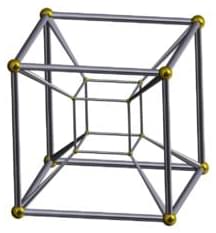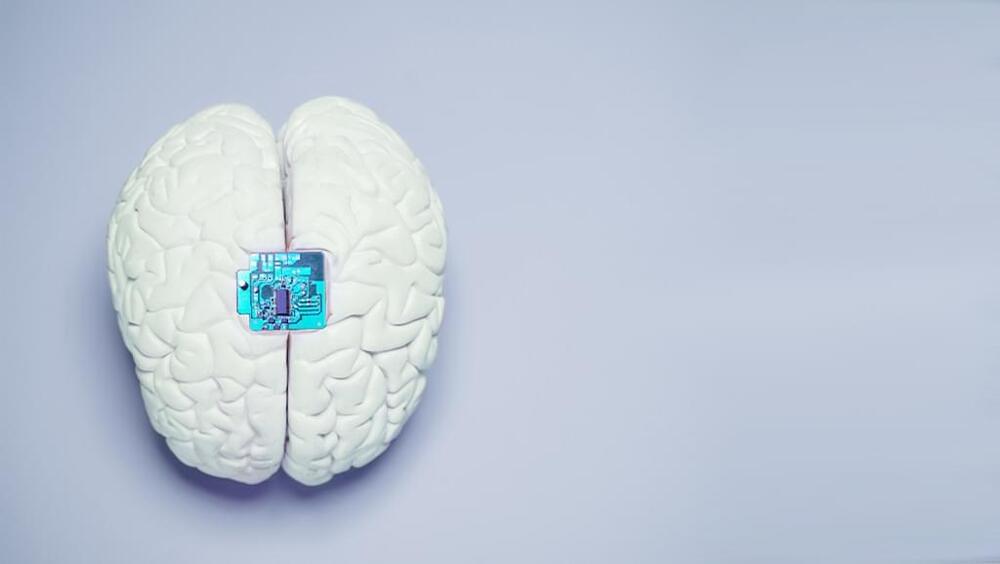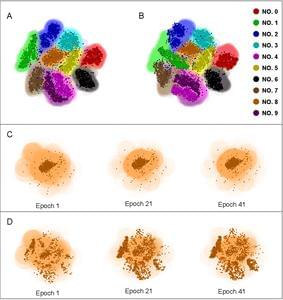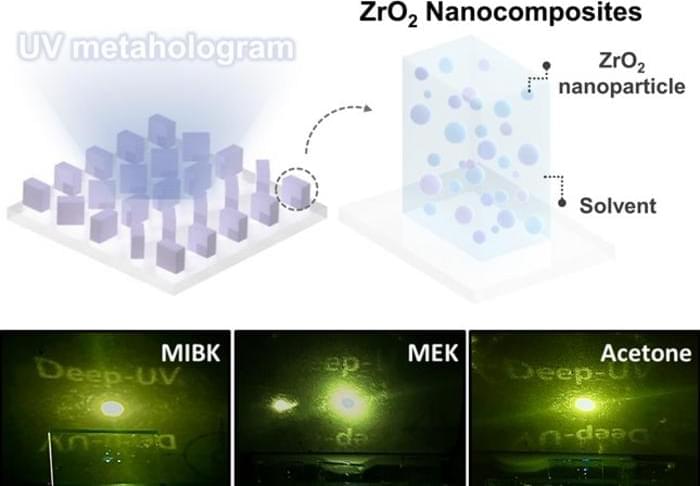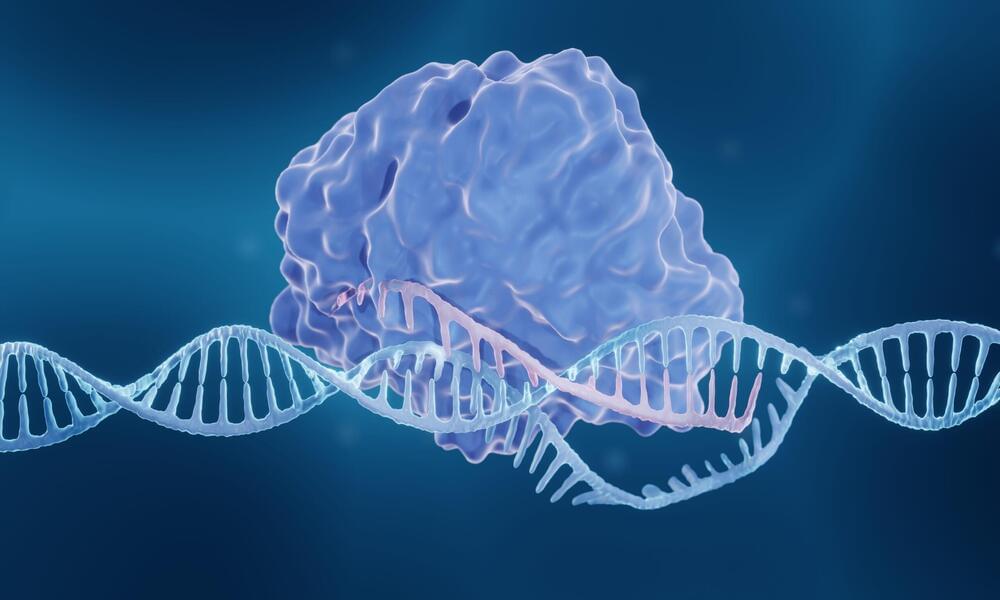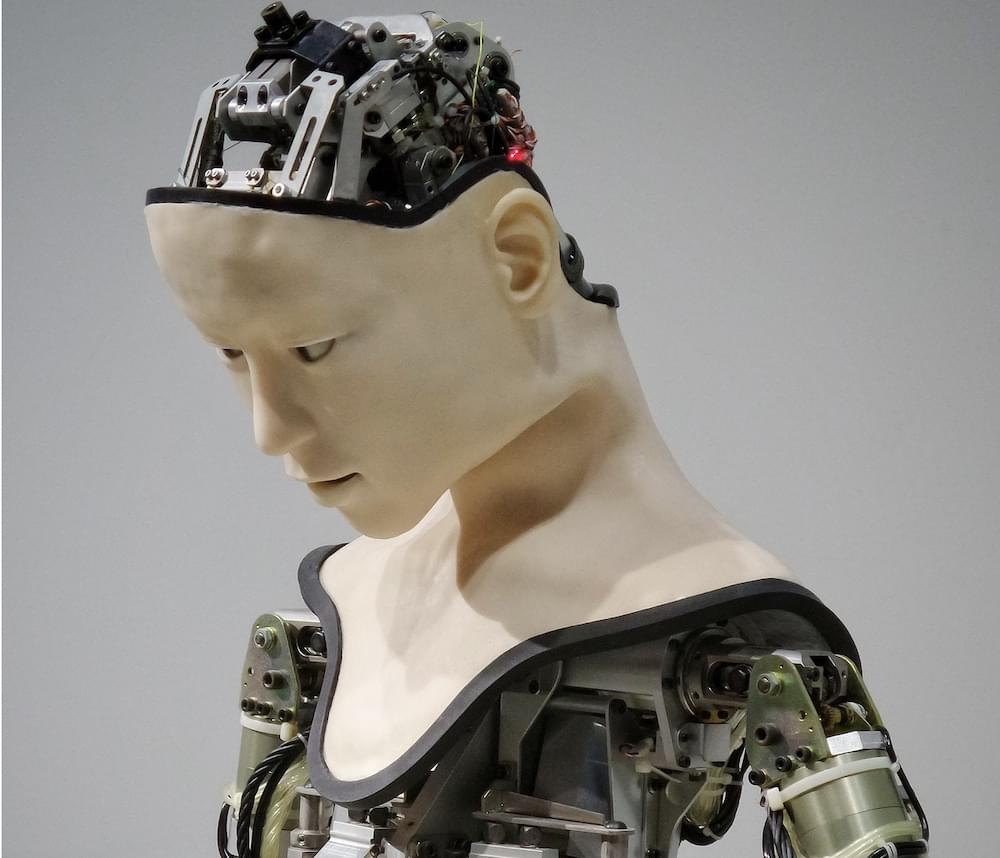From the article by Robin Hanson, a professor of economics who also holds degrees in physics and computer science.
So this remains my worry: our rapid rates of change in unconditional choices of cultural norms are not mostly driven by reason, but instead by a cultural evolution process that has…
I’ve been reading, thinking, and talking, trying to get clearer on what exactly are the culture problems I’m worried about, and how best to describe them. I seek descriptions not only easy for an outsider public to understand, but also for prestigious insider specialists to embrace.
It seems maladaptive culture might be a better name for the problem. So that is the title of this post. Also, I tentatively see four key ways to distinguish more from less problematic cases; the big problems that I fear sit mainly in one corner of that 16-cornered 4D cube of possibilities. Here are the four dimensions:
1. First, culture can work great when tied to particular relevant observable outcomes and inputs. If you want to catch more fish, it can make sense to copy the fishing-related behaviors of the people around you who catch the most fish. You need to be able to tell who gets more fish value (e.g., quantity and size) per effort invested (e.g., time and harms) and you also need to be able to tell which of these folks’ many features and behaviors are plausibly oriented to catching fish. So you can’t do this sort of cultural change until you’ve developed sufficient cultural gadgets to see these things. But once you do, things can work great.
